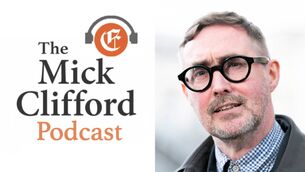Female talent bank to balance the 'boards'
LONG before Republican presidential candidate Mitt Romney revealed he had “binders full of women” willing to take on top jobs in the US administration, Ireland’s own Charlie Haughey had his Talent Bank of women.
The directory of women who could potentially become members of State boards was launched by the then taoiseach in 1982.
















